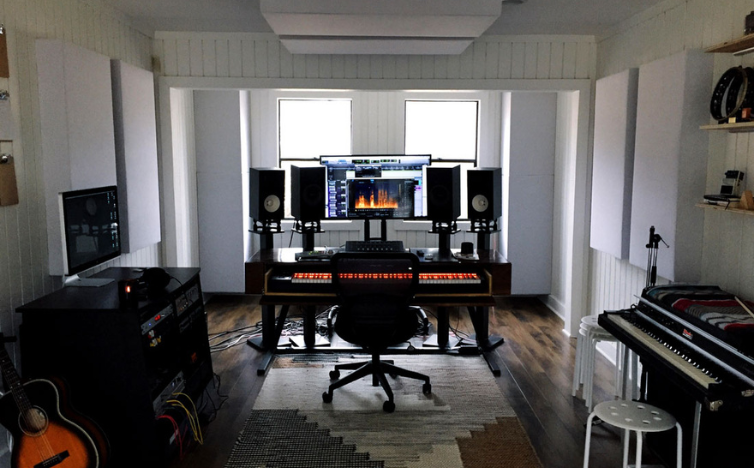Low-frequency sounds can wreak havoc on your room’s acoustics, creating muddled or booming audio. Bass traps are specialized acoustic panels designed to address these challenges. This article explores the science behind bass traps and how they effectively absorb low frequencies to improve your listening or recording environment.
What Are Bass Traps?
Bass traps are acoustic panels that target low-frequency sound waves, typically between 20 and 250 Hz. These frequencies are the hardest to control because they have longer wavelengths, leading to standing waves and resonance issues. Bass traps are strategically placed to minimize these effects, ensuring balanced acoustics.
How Bass Traps Work
Bass traps use porous materials like foam, fiberglass, or mineral wool to absorb sound energy. When low-frequency sound waves hit the trap, the materials convert sound energy into heat through friction. This process reduces the reflection of bass frequencies, minimizing resonance and ensuring a clearer soundscape.

Key Features of Bass Traps
- Density: High-density materials absorb low frequencies more effectively.
- Placement: Corners and walls are prime areas for bass trap installation.
- Shape: Triangular or cylindrical traps are popular for handling bass buildup in corners.
The Science of Low-Frequency Absorption
Low frequencies travel in long waves, making them more likely to bounce around the room. This creates standing waves, where certain spots in the room experience amplified or diminished bass. Bass traps disrupt these standing waves by absorbing the energy, ensuring even bass distribution.
Why Corners Are Critical
Low frequencies tend to build up in corners, making them hotspots for resonance. Placing bass traps in these areas targets the problem at its source, offering maximum acoustic benefits.
See Also: The Importance of Bass Traps in a Recording Studio
Benefits of Using Bass Traps
- Improved Sound Clarity: Bass traps eliminate muddiness, making low frequencies clearer.
- Reduced Resonance: Say goodbye to overpowering or uneven bass sounds.
- Balanced Acoustics: Ensures all frequencies are evenly distributed for a natural sound.
Where to Use Bass Traps
Bass traps are versatile and can be used in various environments, including:
- Recording Studios: For clear sound production and mixing.
- Home Theaters: To enjoy movies and music with balanced bass.
- Listening Rooms: To optimize the audio experience.
- Gaming Setups: To enhance immersive sound quality.
See Also: Top Mistakes to Avoid When Installing Bass Traps
Tips for Effective Bass Trap Installation
- Analyze Your Room: Identify areas with significant bass buildup.
- Start with Corners: Install bass traps in all vertical and horizontal corners.
- Combine with Acoustic Panels: Use mid- and high-frequency panels for a complete acoustic solution.
Call us: Contact DeSound Soundproofing Expert in Dubai For Soundproofing: +971 56 231 4204
Conclusion
Understanding and managing low frequencies is essential for achieving optimal sound quality. Bass traps offer an efficient and scientifically proven solution to control bass, creating a balanced and immersive audio environment. Whether for a recording studio or a home theater, investing in bass traps is a step toward perfecting your acoustics.

